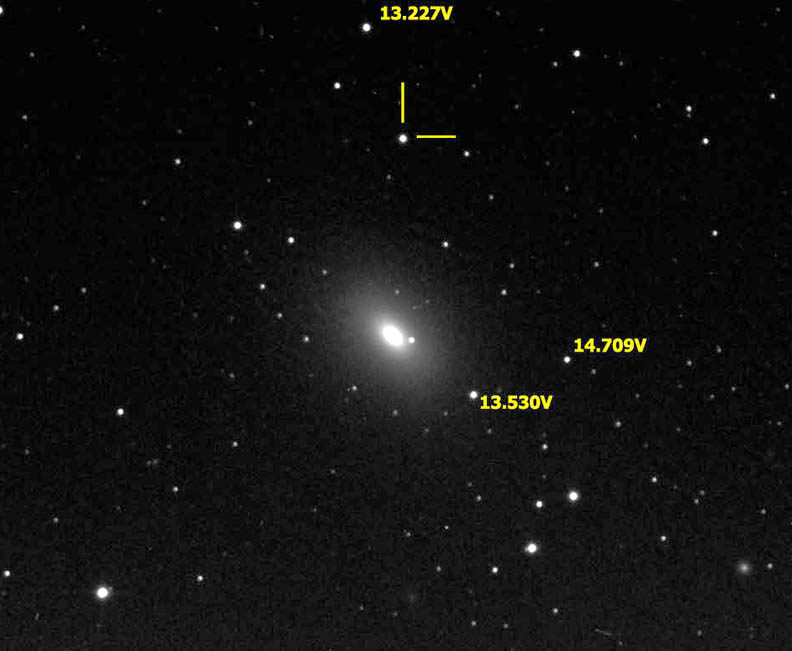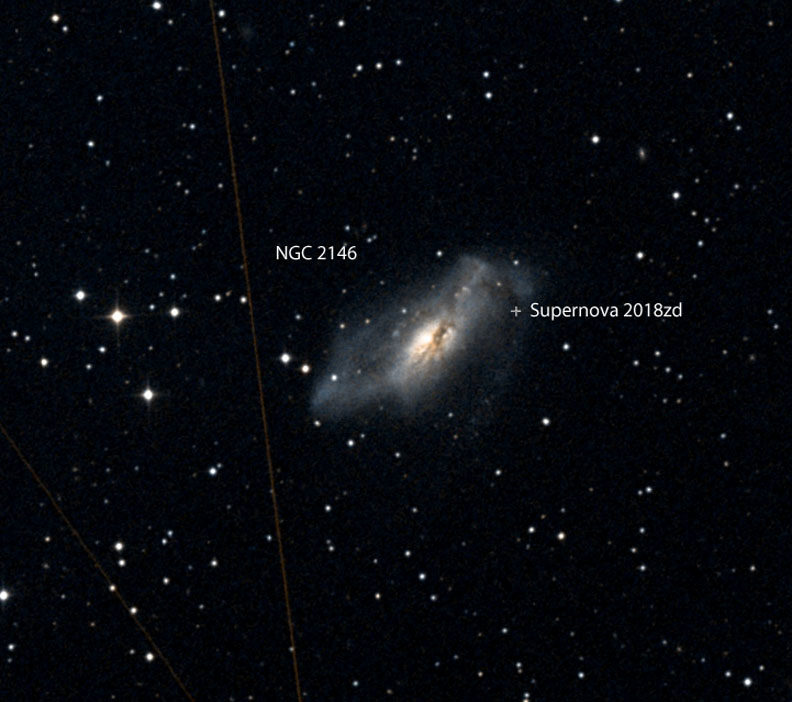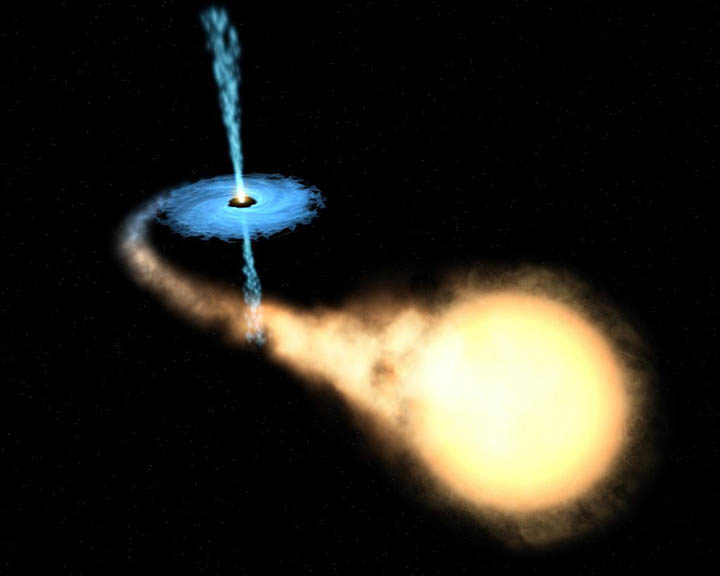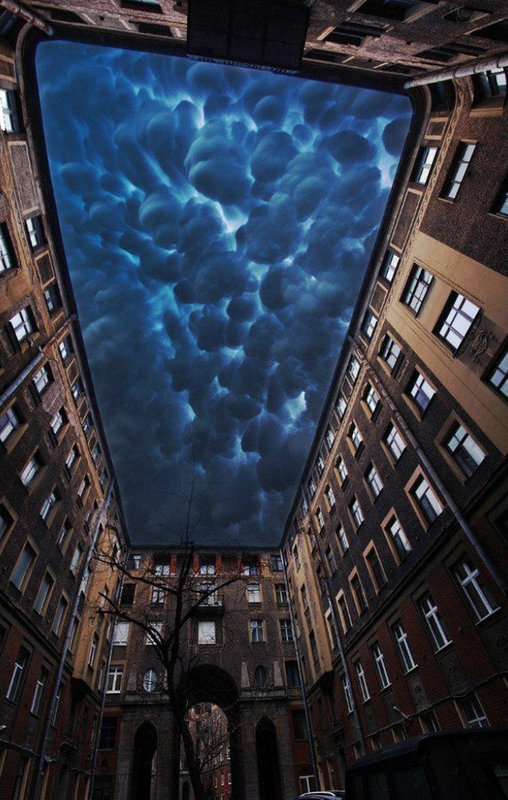
© Dr Paolo CandyTaken by Dr Paolo Candy on September 14, 2017 @ Ci.A.O. Cimini Astronomical Observatory - Italy.
Welcome to a new and occasional blog about the transient universe. We're calling it "Big Scope Breakout." Every Wednesday, I post the "Explore the Night" blog here at
Sky & Telescope, where we explore brighter comets, exploding stars, and fascinating deep sky objects. But a lot of unanticipated sky events can happen in a week - supernovae, Earth-approaching asteroids, and comet discoveries, to name just a few.
To better serve observers with larger instruments in a timely manner, we're going to get that news to you ASAP, so you can spot these transient events before the clouds close in, the Moon returns, or the target fades from view. Some of the most exciting sights can be rather dim, so expect to see more reports of fainter objects than brighter. Of course, that won't always be true. It all depends on what the cosmos has on the menu.
This week we're bananas with supernovae and novae, plus there's a new storm on Saturn.
Supernovae Cornucopia
© Stan HowertonSN 2018aoz, now at magnitude 13.4, was discovered in the 10.8-magnitude galaxy NGC 3923 in Hydra. The supernova's coordinates are RA 11h 51′ 02″, Dec. –28° 44′ 38″. Although low in the sky for observers in the northern U.S., I saw it without difficulty from 47°N in my 15-inch reflector at 142× on April 8th UT. The SN is about 4′ due north of the galaxy's nucleus and photographed here (tick marks) on April 7th.
was discovered on April 2nd by the
DLT40 Survey in the elliptical galaxy NGC 3923 in Hydra. A Type Ia supernova, it involved the explosive burning of a white dwarf in close orbit around a companion star. SN 2018aoz lies 1.5″ east and 224″ north of the galaxy's bright nucleus, far enough from the dense central regions to easily pick out. The object is currently magnitude 13.4. I recommend an 8-inch or larger telescopes from a dark sky.

© DSS2SN 2018zd is located 104.5" west and 35.6" north of the center of NGC 2146 in Camelopardalis, 11° southeast of Polaris at RA 6h 18′ 03″, Dec. +78° 22′ 00″.
was discovered on March 2 by Japanese amateur Koichi Itagaki in the barred spiral NGC 2146 in Camelopardalis. From its spectrum we know it's a
Type IIn explosion caused by the rapid collapse of a supergiant and subsequent shock wave that tore the star apart. SN 2018zd peaked at around magnitude 13.3 in March; it's now magnitude 14.1 and slowly fading.
For more information on these and other supernovae, please visit David Bishop's
Latest Supernovae page.
NovaeNova CMa 2018 was discovered on March 24th by Yuji Nakamura at magnitude 12 and rose to about magnitude 10 a few days later. It now shines around magnitude 11.5 and is visible in the southwestern sky about 8° southeast of Sirius at dusk. AAVSO finder chart
here.
Nova Car 2018 was discovered on March 20th by the All-Sky Automated Survey for Supernovae (ASAS-SN) and still shines binocular-bright at magnitude 6.5 in the constellation Carina. AAVSO finder chart
here.Nova Oph 2018 No. 2 was discovered on by three Japanese observers when it was around magnitude 12 on March 10th. The nova peaked around 9.5 two days later and remains bright at magnitude 10.5 in early April. AAVSO finder chart is
here.
Painted Black
© ESA / NASA / Felix MirabelIn an X-ray binary, X-rays are produced when matter from a companion star (right) is drawn into a black hole.
It's uncommon to witness the voracious appetite of a black hole, but the black hole X-ray binary
MAXI J1820+070 (ASASSN-18ey) makes it easy. Located in eastern Ophiuchus and best observed in the wee hours before dawn, it's currently undergoing a bright outburst. I first observed it 2 weeks ago at magnitude 12.3, and it's still holding steady right now between magnitude 11.9-12.1, bright enough to pick up in the 4-inch telescope. AAVSO chart is
here.
Saturnian Storm
© Damian PeachA new storm has erupted in Saturn's north polar region. The storm is the elongated white spot near the top of the globe in this image, which Damian Peach took on April 1st with the 1-meter Chilescope, three days after the spot's discovery. You'll need a large scope with excellent optics during excellent seeing to have any chance of detecting it visually. "Interestingly," says Peach, "it's only the second storm on Saturn I've seen in the last two decades that I could actually see during the live video capture (the other being of course the great 2011 storm)."
of Brazil observed a unusual bright spot in Saturn's north polar region on March 29th at longitude 320°(CM III). At the time it measured about 3,700 km across. Small and distinct at first, a week later the storm is still present but less obvious. Marc Delcroix prepared a list of approximate transit times and longitudes (CM III) based on the wind speed at the spot's latitude for observers who'd like to attempt a photo or visual observation. All times are UT.
2018 Apr 10 03:10 (162°) 13:39 ( 156°)
2018 Apr 11 00:08 (151°) 10:37 ( 145°) 21:06 ( 139°)
2018 Apr 12 07:35 (133°) 18:04 ( 127°)
2018 Apr 13 15:01 (115°)
2018 Apr 14 01:30 (109°) 11:59 ( 103°) 22:28 ( 98°)
2018 Apr 15 08:57 (92°) 19:26 ( 86°)
2018 Apr 16 05:55 (80°) 16:24 ( 74°)
2018 Apr 17 02:53 (69°) 13:22 ( 63°) 23:51 ( 57°)
2018 Apr 18 10:20 (51°) 20:49 ( 45°)
2018 Apr 19 07:17 (39°) 17:46 ( 33°)
2018 Apr 20 04:15 (27°) 14:44 ( 22°)
2018 Apr 21 01:13 (16°) 11:42 ( 10°) 22:11 ( 4°)
2018 Apr 22 08:40 (358°) 19:09 ( 353°)
2018 Apr 23 05:38 (347°) 16:07 ( 341°)
2018 Apr 24 02:36 (335°) 13:04 ( 329°) 23:33 ( 323°)
2018 Apr 25 10:02 (317°) 20:31 ( 311°)
2018 Apr 26 07:00 (306°) 17:29 ( 300°)
2018 Apr 27 03:58 (294°) 14:27 ( 288°)
2018 Apr 28 00:56 (282°) 11:25 ( 277°) 21:54 ( 271°)
2018 Apr 29 18:51 (259°)
2018 Apr 30 05:20 (253°) 15:49 ( 247°)
Happy hunting! Until next time . .








Reader Comments